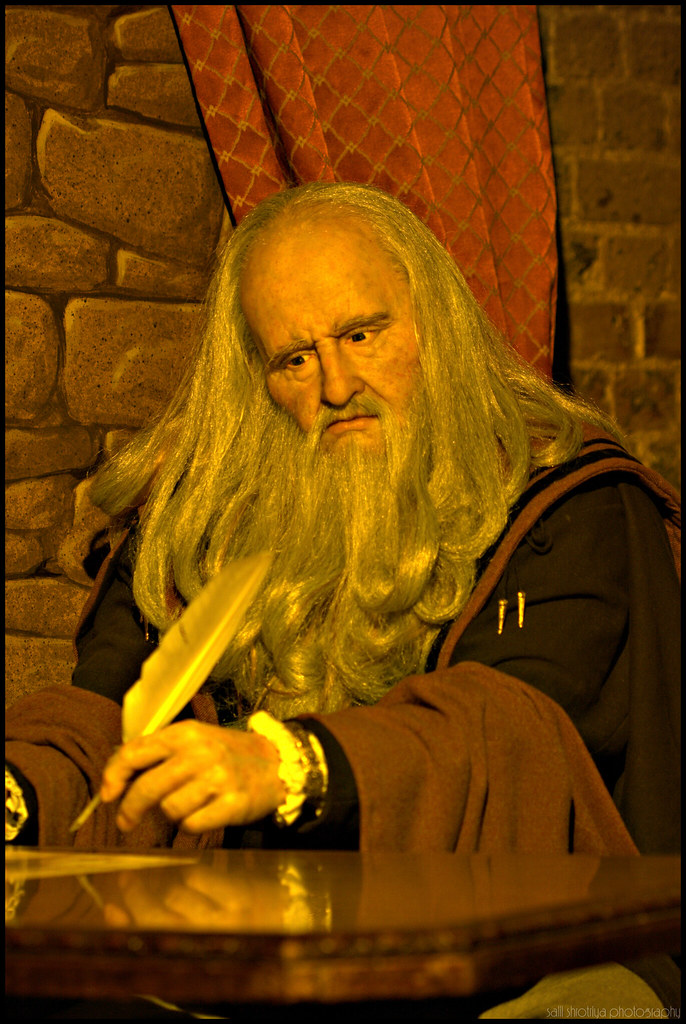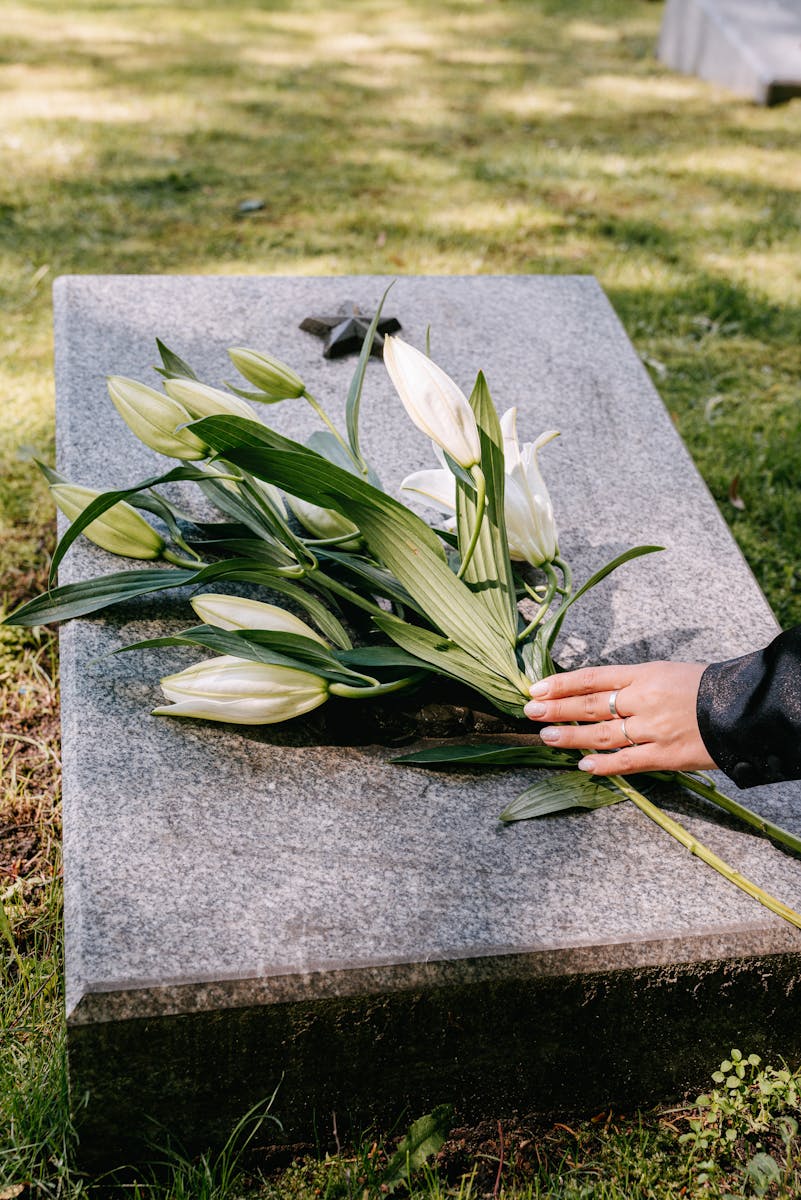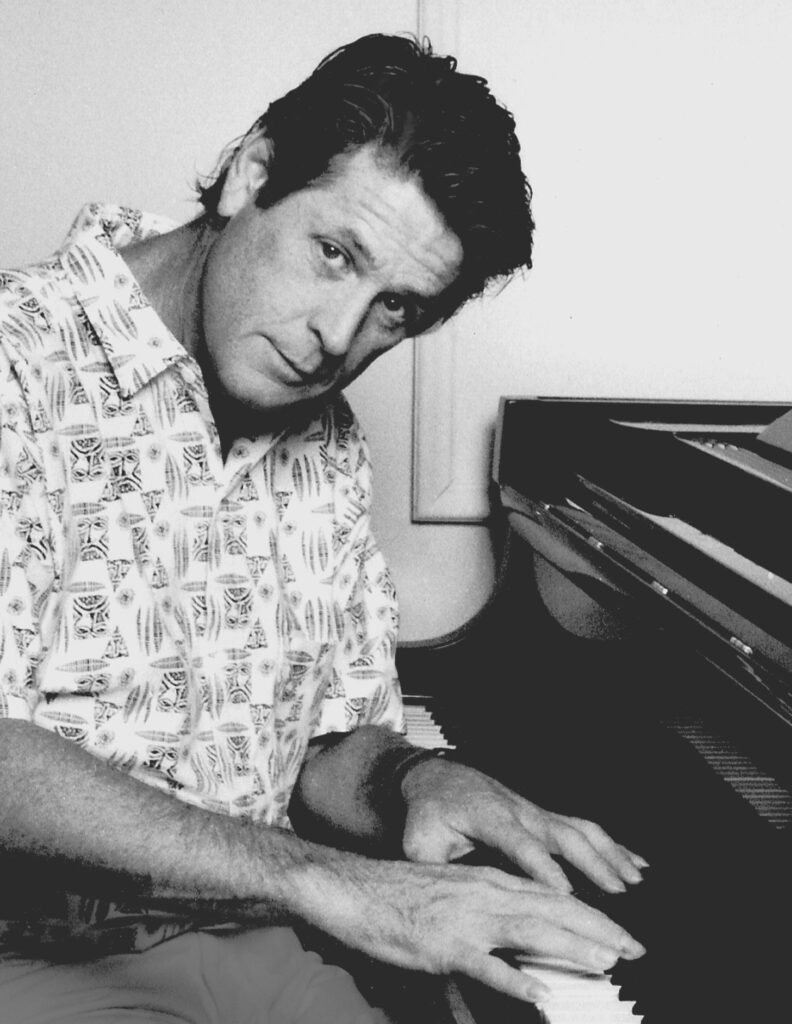
The passing of Brian Wilson marks not just the departure of a musical giant, but also the fading of a golden era deeply intertwined with the heart of American car culture. As the creative genius behind The Beach Boys, Wilson crafted a soundtrack that resonated profoundly with gearheads and dreamers, capturing the essence of freedom, rebellion, and raw horsepower that defined a generation. His melodies didn’t just top the charts; they became an integral part of the garage, the back roads, and the drag strip, cementing his legacy far beyond the recording studio.
For many, The Beach Boys were synonymous with surfboards and endless summer, yet for car enthusiasts, Wilson’s work was a direct homage to the roaring engines and sleek lines that dominated the Southern California scene in the 1960s. He possessed a unique ability to translate the emotional connection Americans had with their vehicles into infectious, layered harmonies that spoke directly to the soul of the hot rod movement. It was a symbiotic relationship, where the music glorified the chrome-dipped innocence of an era, providing the perfect backdrop for boulevard cruising, drag racing, and showing off prized rides.
As we reflect on the life and immense impact of Brian Wilson, it becomes clear that his genius was not merely in songwriting but in his unparalleled capacity to encapsulate the dreams and aspirations of an entire generation. His songs weren’t just catchy tunes; they were cultural touchstones that shaped how countless young Americans experienced and celebrated their automotive passions. Join us as we delve into the multifaceted ways Brian Wilson, the visionary songwriter and producer, shaped the very fabric of American car culture, immortalizing hot rods and convertibles in the national consciousness.
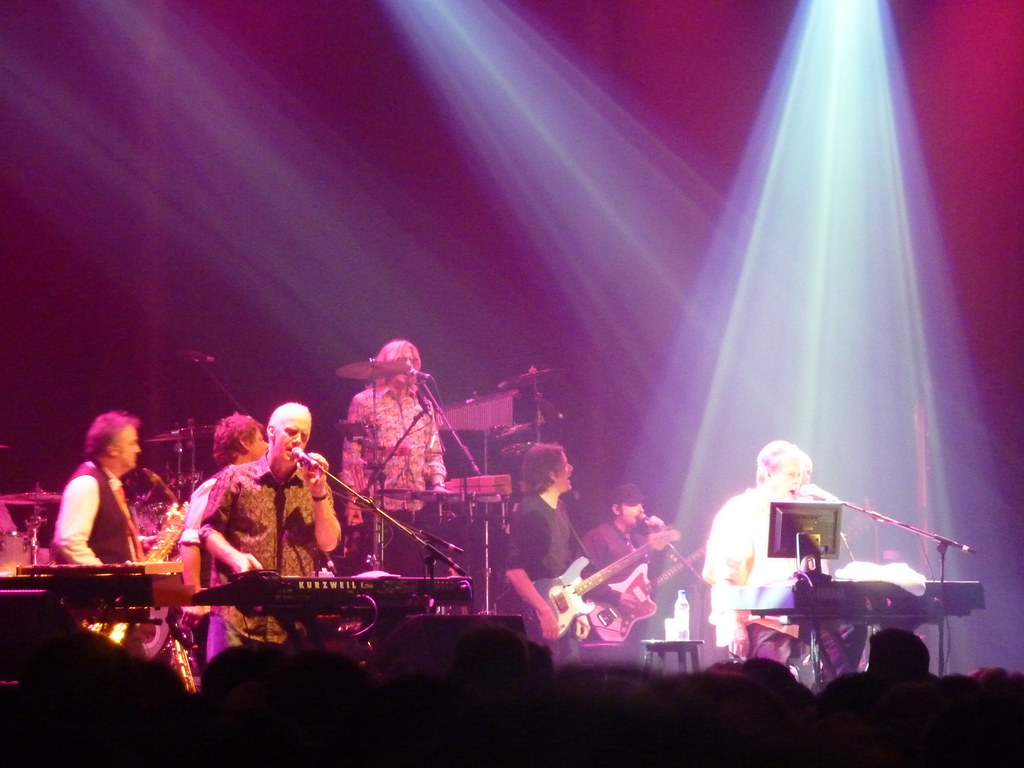
1. **Brian Wilson’s Enduring Legacy in Car Culture**: Brian Wilson, the visionary songwriter, producer, and co-founder of The Beach Boys, may have passed away, but his deep-rooted legacy continues to resonate with American car culture. Born in 1942 in Hawthorne, California, Wilson was the heart and soul of a band that became the voice of the West Coast sound in the 1960s. While their music often evoked images of surfboards and beach parties, for those who lived and breathed cars, Wilson’s compositions forged an undeniable link between music and muscle cars. He crafted a soundtrack that embodied the freedom, rebellion, and sheer power of youth behind the wheel.
His impact was monumental, providing the sonic backdrop to Southern California’s automotive golden era, defined by drag strips, boulevard cruising, chrome artistry, and engine tuning. Wilson’s music didn’t just sing about these scenes; it transformed local lore into national anthems. His work was the perfect background music for anyone who had spent hours under the hood or taken a detour just for the thrill of the drive, perfectly capturing the mood, the moment, and the lifestyle that so many gearheads cherished.
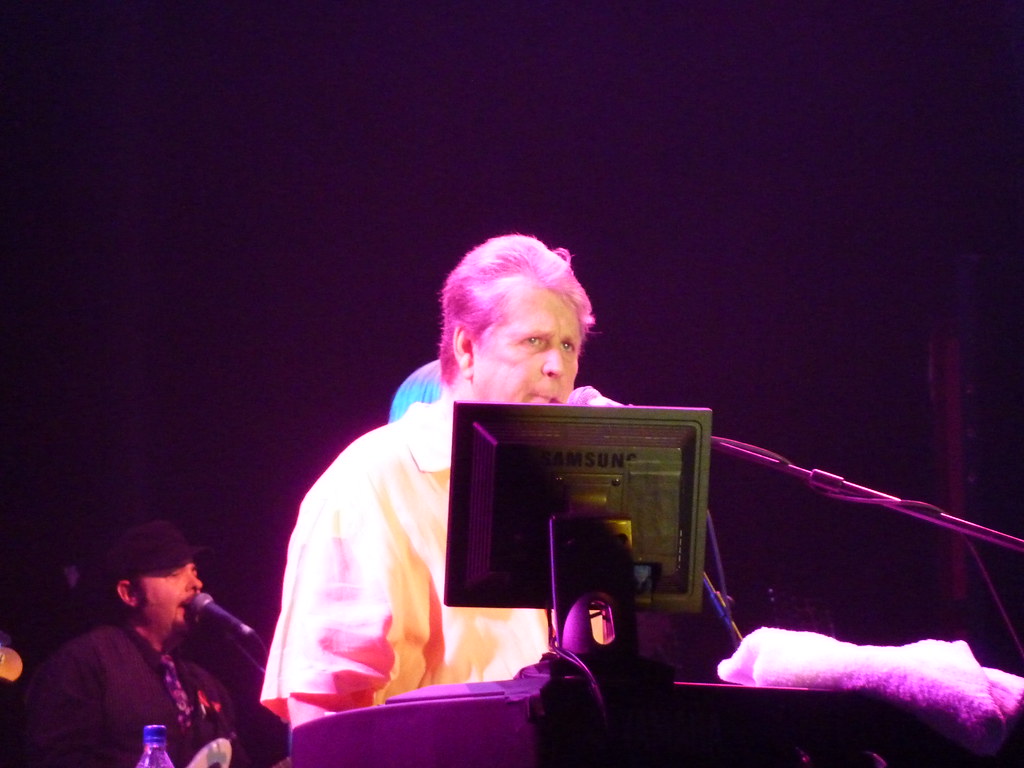
2. **”409″: An Anthem for the V8 Engine**: One of the seminal tracks that helped kick off the 1960s hot rod music craze was The Beach Boys’ 1962 hit, “409.” This song wasn’t about a specific car model, but rather a powerful engine: Chevrolet’s 409 cubic-inch V8. This “big block” engine was a favorite among hot rodders, powering iconic vehicles like the Impala SS, Bel Air, and Biscayne. The song’s opening, with the revolutionary sound of an engine revving, was a direct and unadulterated love letter to high-performance powerplants and the thrill of straight-line speed, a sound that instantly connected with car enthusiasts.
Wilson, despite not being a typical gearhead himself, intuitively understood the profound emotional connection Americans had with their cars during the postwar boom. He recognized the cultural phenomenon of people wrenching in driveways, racing at local drag strips, and showcasing their rides at burger joints. The Beach Boys were right there with them, singing about it, perfectly aligning their sound with the zeitgeist.
For “409,” Brian collaborated with music producer and car enthusiast Gary Usher, who reportedly recorded the roar of his own Chevy V8 (a 326, not a 409, but still capturing the essence) for the track’s memorable opening, solidifying its place as a genuine tribute to V8 power. This unique addition was revolutionary for a pop song at the time.
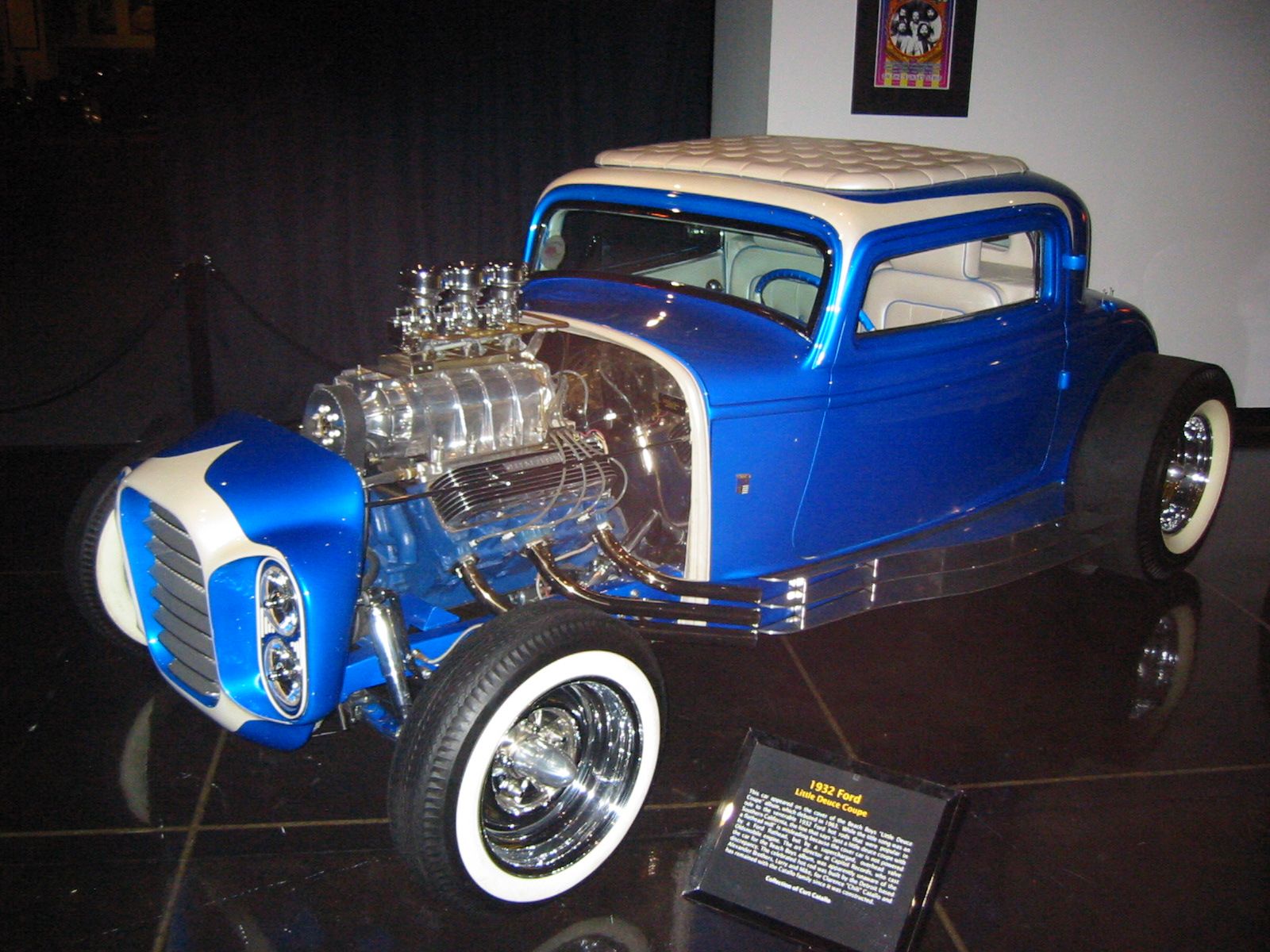
3. **”Little Deuce Coupe”: The Hot Rod National Anthem**: Arguably the national anthem for early custom car builders, “Little Deuce Coupe,” a 1963 collaboration between Brian Wilson and radio DJ Roger Christian, paid homage to the iconic 1932 Ford coupe. Affectionately known as the “deuce,” this model was a perennial favorite among hot rodders, lauded for its lightweight body and boundless potential for modifications, especially its potent flathead V8 engine. The song’s lyrics vividly depicted the drag racing scene, boasting about a car that could “walk a Thunderbird like she’s standing still” at a proclaimed top speed of 140 mph, encapsulating the competitive spirit and pride of the car community.
Christian’s lyrics, combined with Wilson’s melodic genius, didn’t just describe the car; they immersed listeners in the culture, touching on “pink slips, daddy,” and the high stakes of street cred and pride. Wilson and the band understood that these elements were all part of the vibrant scene, making the song feel incredibly authentic to its target audience.
The song became a smash hit, ranking as high as #15 on the Billboard Hot 100, an impressive feat given that it was the B-side to the beach beauty bop “Surfer Girl.” “Little Deuce Coupe” brilliantly captured the allure of custom vehicles and the thrill of the race, making it a timeless ode to an integral part of American automotive history.
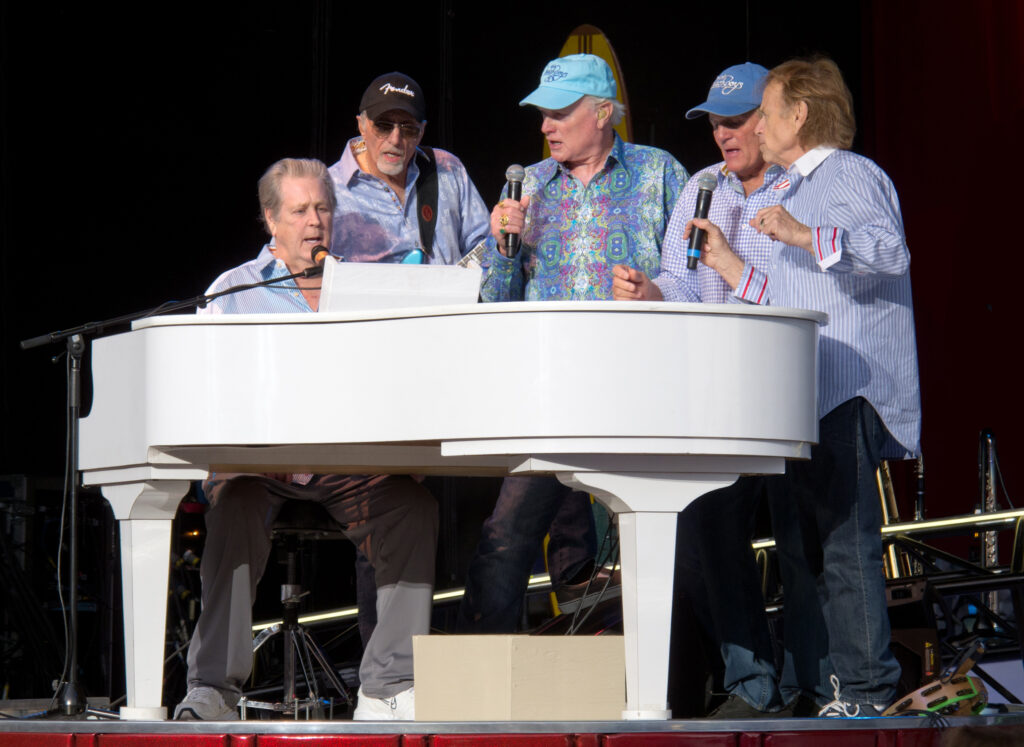
4. **The Car as a Symbol of Freedom in Beach Boys Music**: Beyond merely celebrating speed and specific models, Brian Wilson’s music, through The Beach Boys, elevated the car to a powerful symbol of freedom and independence. Songs like “Fun, Fun, Fun” chronicled stories of youthful rebellion, such as girls taking their T-Bird out for a joyride before “daddy takes it away.” This narrative, rooted in a true story about a teenage girl borrowing her father’s 1963 Thunderbird for a cruise, resonated universally, speaking to the deep-seated desire for personal liberty that the automobile represented, especially for young Americans coming of age.
This underlying message transcended the specific car or scenario, striking a chord with every car enthusiast, whether they were behind the wheel of a vintage muscle car or a modern tuner. Wilson understood that for many, a car wasn’t just transportation; it was an escape, a pathway to new experiences, and a tangible expression of individual autonomy. The deeper message was universal, capturing an essential part of the American dream.
His melodies transported listeners to a world of endless summer days and carefree cruising, illustrating how a simple set of wheels could unlock boundless possibilities and a profound sense of self. The freedom of open-top cruisers, the thrill of cruising the coast, and the roar of engines under palm trees were all translated into chart-topping teen pop.

5. **”Shut Down”: A Drag Race in Song**: The Beach Boys continued their successful surf/car combination with “Shut Down,” released as the B-side to “Surfin’ U.S.A.” on their 1963 record. Also written by Roger Christian, this song is a masterclass in automotive narrative, unfolding like an opera of asphalt. It meticulously details a high-stakes drag race between a fuel-injected ’63 Corvette Stingray and a 413-powered Dodge Dart 330 Super Stock, capturing the raw intensity and competitive spirit of the drag strip scene.
“Shut Down” wasn’t just a story; it was almost an instruction manual for a proper drag race, with lyrics precisely detailing the need for slick racing tires and “riding the clutch” as means of gaining crucial traction. The auditory realism was significantly enhanced by Gary Usher’s recording of his own 348 W block Impala’s exhaust sounds, meticulously captured on Brian Wilson’s Wollensak tape recorder, which he reportedly lugged to the curb in front of his Hawthorne, California house.
While the race’s victor remains somewhat ambiguous, with the Dodge seeming to hold the lead for much of the race, the song’s climactic line, “Shut it off, shut it off / Buddy, now I shut you down,” strongly implies the Corvette’s triumph. This track, regarded as Brian Wilson’s “greatest asphalt drama,” perfectly encapsulates the excitement and tension of a real-life street or strip challenge.

6. **The Studio Genius and His Gearhead Soul: Beyond Car Songs**: Brian Wilson’s extraordinary talent extended far beyond crafting catchy car-centric tunes; he was a revolutionary studio genius whose innovations pushed the boundaries of popular music. While albums like *Pet Sounds* marked a significant stylistic departure from overt car themes, they nonetheless echoed the emotional highs of an open road and an open heart, carrying forward the spirit of youthful car-culture imagery into more introspective realms. Wilson’s musical architecture, characterized by unusual key changes, unique instrumentation, and layered arrangements, treated the studio as an instrument in itself, pushing the envelope of what was possible.
*Pet Sounds*, released in 1966, was not the first true concept album but it lent the format significant credence and paved the way for such classics as The Beatles’ *Sgt. Pepper’s Lonely Hearts Club Band* and David Bowie’s *The Rise and Fall of Ziggy Stardust*. It solidified Wilson as a towering figure in modern pop music whose genius encapsulated every corner of American culture, leaving a lasting impression on decades worth of music to come.
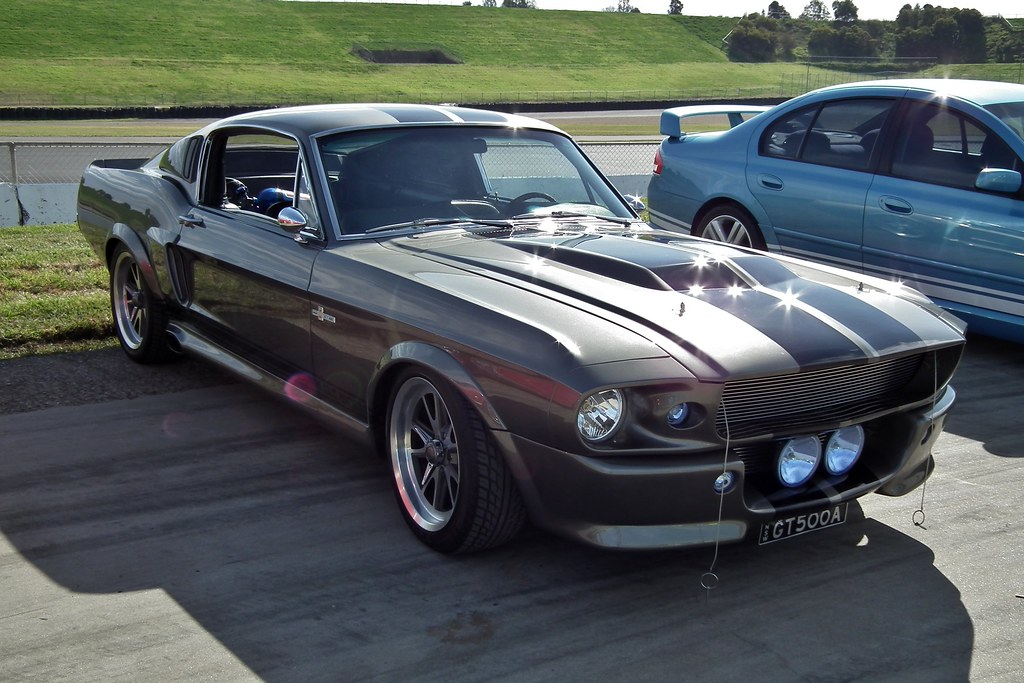
7. **Brian Wilson’s Personal Automotive Passions: A Collector’s Heart**: Beyond the lyrical celebrations and studio wizardry, Brian Wilson’s connection to cars was deeply personal, evidenced by his own impressive collection of classic vehicles. His passion wasn’t just a songwriting device; it was a tangible aspect of his life that mirrored the era he so eloquently romanticized in song. Wilson’s garage housed a spectacular array of machines that spoke volumes about his appreciation for automotive design and performance, ranging from the raw power of muscle cars to the sophisticated allure of European sports cars.
His personal fleet included a sweeping 1966 Chevrolet Corvette Sting Ray, a true icon of American automotive prowess, alongside the raw muscle of a 1966 Ford Mustang. He also indulged in the refinement of a Ferrari 275 GTB and the chrome-detailed elegance of a 1957 Ford Fairlane, among other iconic machines. This eclectic taste underscored that his interest spanned various facets of car culture, from the homegrown legends of Detroit to the exotic marvels of Maranello. These weren’t mere props for a public image, but genuine embodiments of the fast, carefree lifestyle he enshrined in his music.
His early automotive journey reportedly began with a 1958 Chevy Impala, setting the stage for a lifelong appreciation. Later acquisitions further illustrated his evolving but unwavering connection, encompassing a 1979 Cadillac Coupe de Ville, a 1990 Corvette ZR1, a Ferrari 488 GTB, a Rolls Royce Phantom, and even a McLaren 720S. This remarkable list of personal vehicles undeniably confirms that Brian Wilson, the architect of The Beach Boys’ sound, lived and breathed the automotive dreams he helped to create for millions.
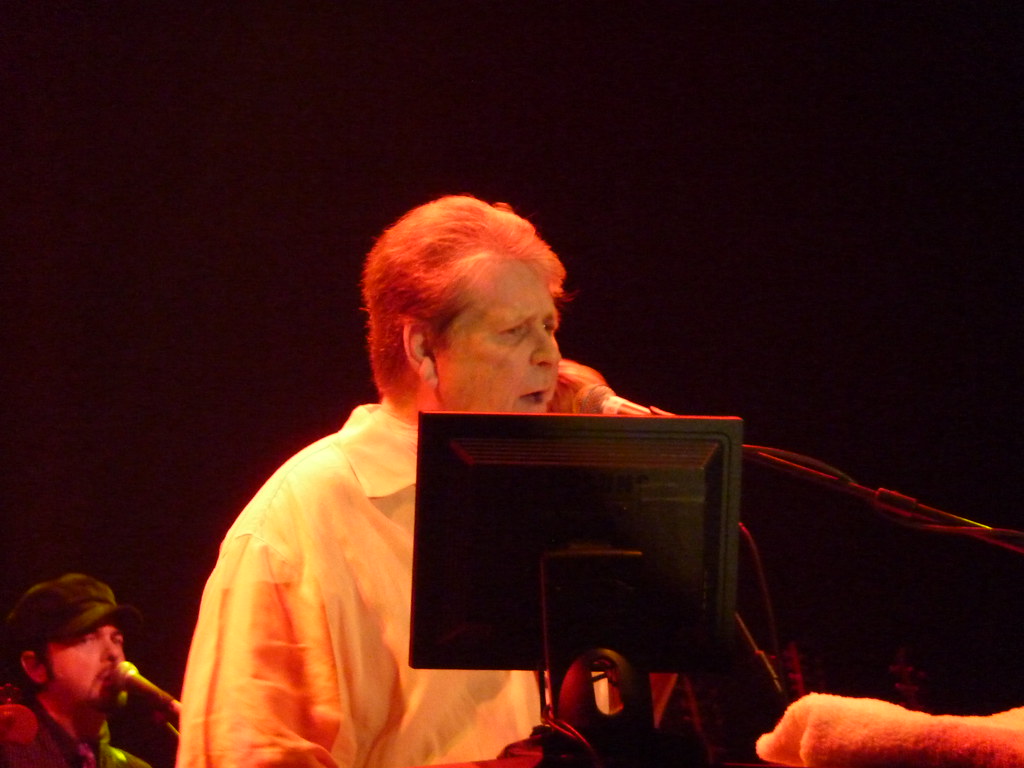
8. **The Surprising Truths: Not All Beach Boys Were Gearheads**: While Brian Wilson’s music became the undisputed soundtrack for American car culture, a fascinating, perhaps even shocking, truth lies beneath the surface: the Beach Boys themselves, with one notable exception, weren’t primarily avid car enthusiasts in the traditional sense. Just as they weren’t all seasoned surfers—preferring to enjoy the waves from the stage rather than hang ten—their deep dives into automotive mechanics and racing often came through collaboration rather than direct personal experience.
Brian Wilson himself candidly admitted to this unexpected reality. According to sources from the NHRA, he wrote, “I didn’t know so much about cars. I knew what a 409 was because of the song Gary wrote with us, and I was hip to everything from customs to rails because of ‘Car Crazy Cutie,’ but I couldn’t tell you exactly what a power shift in second was.” This revealing statement underscores his artistic genius in capturing a culture he observed and translated into music, rather than one he fully participated in hands-on.
It was Dennis Wilson, the middle Wilson brother, who stood out as the true gearhead of the group. Brian elaborated on this, stating, “Dennis knew more. He worked on cars when we were younger and raced them when we were older.” This distinction highlights how the band’s authenticity in their car songs often stemmed from an intuitive understanding of the cultural zeitgeist, combined with input from those who lived and breathed the scene, making their music a collective embodiment of the American car dream.
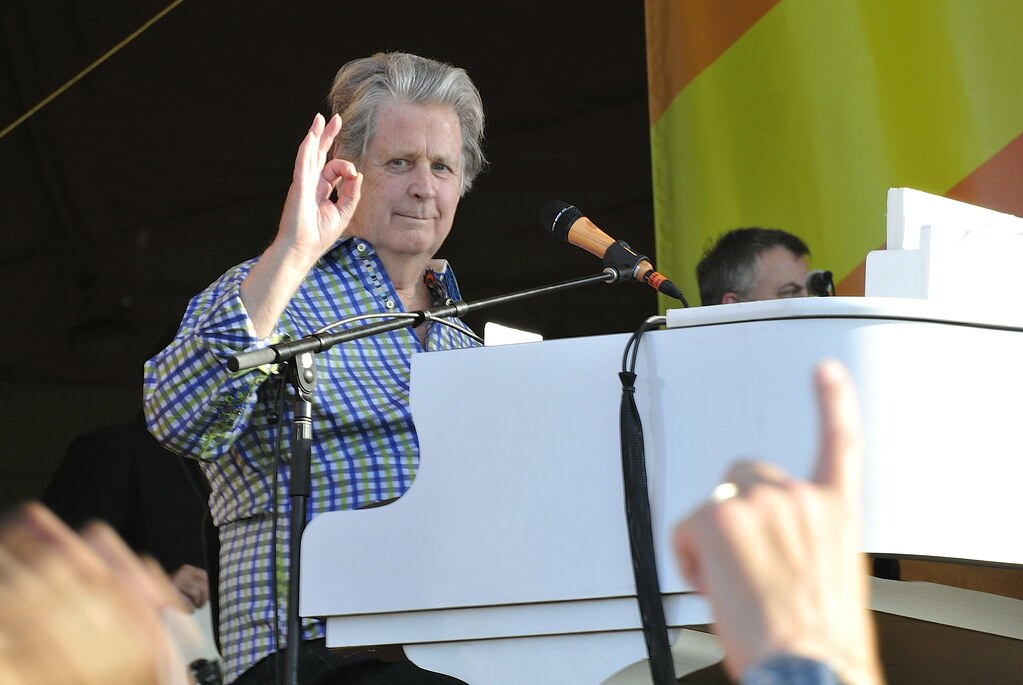
9. **The Essential Collaborators: Usher, Christian, and the Car Culture Credibility**: To bridge the gap between Brian Wilson’s prodigious musical talent and the authentic voice of hot rod culture, he relied heavily on vital collaborators who were deeply immersed in the automotive world. These individuals, most notably DJ Roger Christian and singer/songwriter/producer Gary Usher, were instrumental in infusing The Beach Boys’ car songs with the genuine details and credos that resonated so profoundly with enthusiasts across America. Their contributions ensured that the lyrics weren’t just catchy, but factually and culturally accurate, cementing the band’s reputation as the voice of the automotive generation.
Roger Christian, a radio DJ with an intimate understanding of the drag racing scene, became the lyrical architect behind some of the band’s most iconic car tunes. He is credited with penning the words to “Little Deuce Coupe,” a track that Wilson himself reportedly considered his favorite Beach Boys car song. Christian’s ability to weave in authentic details like “pink slips, daddy” and the specific modifications of beloved models brought a level of street cred that Wilson’s music brilliantly amplified through his melodies and harmonies.
Similarly, Gary Usher, an individual consumed by an obsession with hot rods and their surrounding culture, played a crucial role. Usher helped pen classics like “409,” providing the specific automotive nomenclature and details that made the song a definitive V8 anthem. His direct experience and passion for cars, even going so far as to record the exhaust sounds of his own Impala for tracks like “Shut Down” and “409” on Brian Wilson’s Wollensak tape recorder, lent an unparalleled level of realism and authority to the band’s sound, making these collaborations indispensable to their success.
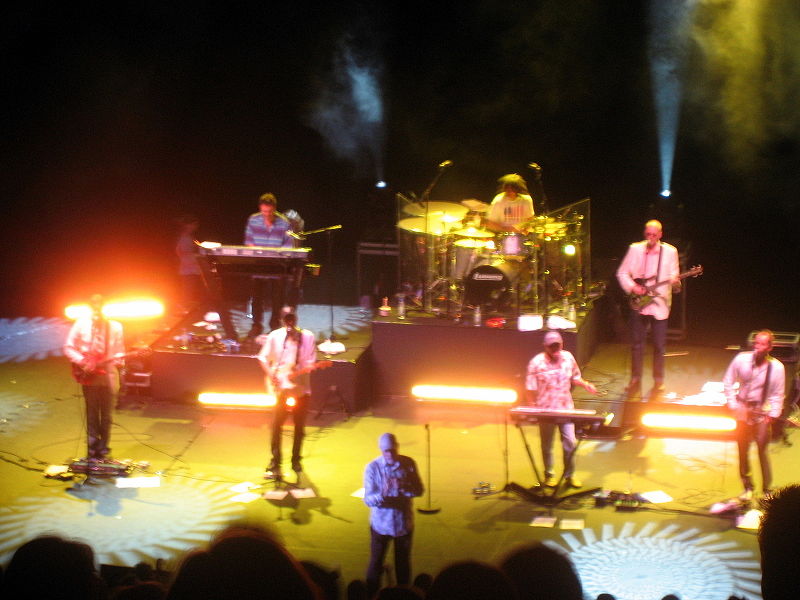
10. **“In My Car”: A Later Automotive Reflection**: While The Beach Boys’ early hits loudly proclaimed the thrill of hot rods and drag races, Brian Wilson’s connection to automotive themes continued to evolve, finding a more introspective expression in later works like “In My Car.” This 1989 track, though not as commercially celebrated as its predecessors, offers a unique glimpse into Wilson’s enduring relationship with vehicles, positioning the car as a personal sanctuary and a realm of fantasy, a thematic echo of his earlier “In My Room” but set on the open road.
The lyrics paint a vivid picture of this personal automotive escape: “The highway is my home / In fiberglass and chrome / Fantasy car shiny Corvette.” Here, the car transcends its role as a tool for competition or youthful rebellion, becoming a private domain of satisfaction and introspection. It speaks to a different kind of freedom—the solace found in solitude behind the wheel, a sentiment that resonates with many drivers who view their vehicle as a personal haven from the outside world.
“In My Car” also holds a unique and somewhat peculiar place in The Beach Boys’ history. The story goes that the tune was reportedly forced onto the 1989 album *Still Cruisin’* by Wilson’s controversial psychiatrist, Eugene Landy. Despite its odd origins, the song carries two significant distinctions: it marked the Beach Boys’ last album on Capitol Records and, perhaps more poignantly, it stands as the final car-inspired song in the band’s extensive catalog, bringing a quiet, reflective close to their legendary automotive narrative.
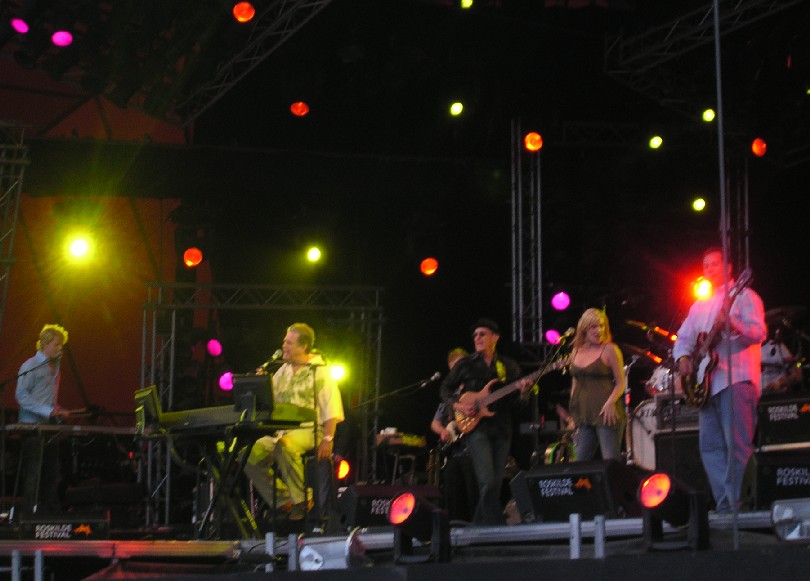
11. **The Enduring Soundtrack of American Car Show Culture**: Brian Wilson’s groundbreaking studio genius and lyrical prowess created more than just chart-topping hits; he crafted a lasting soundtrack that indelibly shaped and defined American car show culture for generations. His music became an omnipresent backdrop, transforming casual gatherings into vibrant celebrations of automotive passion. This phenomenon reached a peak around 2012, as Baby Boomers, in their prime retirement years, invested time and disposable income into restoring classic cars and attending weekend shows across the country, where Wilson’s melodies became an essential part of the atmosphere.
Imagine the scene: parking lots filled with gleaming Chevy Bel Airs, Ford Falcons, Edsels, and Studebakers, their beautiful paint jobs coloring the landscape so vividly you couldn’t help but stare. And playing in the background at nearly every show, weaving through the chatter and the roar of engines, was The Beach Boys. This wasn’t merely coincidence; Wilson’s music resonated with the dreams and aspirations of those who admired these restored classics, creating an emotional connection that transcended the simple act of listening.
Today, Wilson’s timeless melodies continue to echo through vintage car shows, drive-ins, and coastal highways, ensuring that his influence lives on. The National Corvette Museum even posted on Instagram, celebrating the enduring connection between The Beach Boys and Corvettes, calling it “a match made in heaven.” Wilson’s true genius lay in his ability to understand that great songs aren’t just about personal experience, but about capturing the collective dreams of an entire generation, transporting listeners to a world of endless summer days, fast cars, and carefree cruising, a world that continues to be celebrated, with his music playing on, for decades to come.
As we reflect on the life and monumental legacy of Brian Wilson, it becomes unequivocally clear that his contributions transcended mere music. He didn’t just write songs; he crafted an identity, a vibrant sonic tapestry that mirrored and magnified the aspirations of a nation obsessed with the open road and the power beneath the hood. His melodies, harmonies, and narratives became the pulse of American car culture, a vibrant and enduring legacy that will continue to rev through the hearts of gearheads and dreamers for generations to come. So, let the good vibrations roll on, as the soundtrack to America’s automotive soul echoes eternally.


